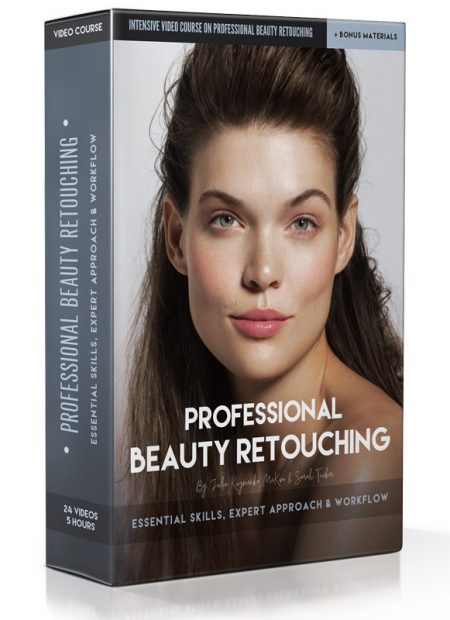My Tools for Beauty Photography
I have been so wonderfully busy in the past few months shooting for my dream clients and collaborating with my dream creative teams, which left no time for me to write and I miss it 🙂
Today, I want to share a post about the tools that I use. I get all sorts of questions about my lenses, cameras and other devices on a daily basis, so I just wanted to put this out for everyone who is still building their toolkit to be able to take a peek into mine.
I even have a designated page in the menu above: MY TOOLS – in case you want to revisit it in the future, you won’t have to look for this blog post.
So here goes:
My Camera
I have been shooting with a Canon 5Ds for a while, and I am extremely happy I purchased it for many more reasons besides my love for Macro Beauty. There have been many instances where the gigantic file size saved me, but also gave me some additional advantage when my clients wanted to print something way larger than they initially planned. Just last week I was able to produce a 114″ wide print of a macro shot for Hourglass Cosmetics. My Canon 5D mark II is still my backup camera, and I also shoot simple head and shoulder images with it when collaborating or testing. And when I do get to film BTS or beauty video, I use my Canon 7D.
My Lenses
99% of my studio work is photographed with a Canon EF 100mm f/2.8 Macro Lens. I bought it a few years ago, initially choosing this option because its L-series sibling was double the price, but I last year I compared the two and wrote about it here. I am convinced that the non-L-series lens is great for studio beauty photography, and you don’t need to pay the extra dollars for the L-series if that’s what you need this Macro lens for.
I also recently purchased a Canon EF 70-200mm f/2.8L IS II lens. I had rented it a few times for specific shoots in 2016, and eventually decided that I wanted to own one that was brand new. The reason why I went for it is that I had a few large production shoots for cosmetics brands where the photography stills were secondary and I often did not have a chance to take the models and makeup artists out of the video set to grab my shots. I had to shoot from where the video cameras were positioned and couldn’t get any closer. My 100mm would not allow me to get the necessary frames and 70-200mm gave me all the flexibility and zoom I needed.
CamRanger
This is probably my most favorite tool that I must have for every photoshoot. CamRanger is a wireless camera control and tethering device that can transmit the captured images into your laptop, tablet, smartphone or desktop computer. You don’t have to have WiFi for it to work, as the device that you hook up to your camera serves as a router and creates a network for your device or computer to join. I set up my camera to shoot in Raw and Medium Size JPEG, so that the JPEG previews are sent to the screen almost instantaneously. Well, a little slower when I’m shooting with my Canon 5Ds due to its large sensor.
My team, my clients and I can zoom in on the images and inspect the model’s face in detail before we start shooting, so we can fix any makeup or hair problems that might not be visible with a naked eye. It is super helpful and highly recommended, especially for closeup and macro beauty! I bring my iPad Pro to most of my shoots, and my iPad Mini to large productions where I will have to get around the studio a lot.
You can read more on how I user my CamRanger in my shoots here.
My Lighting Equipment
I have been shooting with Paul C Buff’s Einsteins as my main light for all of my collaborations and some client shoots for many years now. Occasionally, I also photographed with Profoto lighting equipment throughout the years, and right now I got my hands on a Broncolor Siros 800 S WiFi/RFS 2.1 Monolight, a silver Beauty Dish and a Para 88.
I had been shooting with a Beauty Dish for so long and, frankly, I am a little tired of it by now, so I keep looking for better alternatives.
Softboxes and Octaboxes aren’t really great for a commercial beauty look, so I was really excited to discover that I loved the softness of the shadows and the crispiness of the highlights when I tested with a Broncolor Para 177 (available for rent at The Dover Studio, Los Angeles, where I shoot).
Yes, it is a very expensive piece of equipment and it’s also too big for me to own one, but I feel like it’s very important for every working photographer to know first hand what kind of light is produced by various light modifiers and whether or not you like it for specific looks. It’s worth renting it at least once to test with and when you have a commercial shoot where you think this light will be appropriate for the look that the client is after, you can always add its rental to your quote and use it whenever the client is willing to pay for it.
From my own experience I know that Broncolor Para 133 is about $240 to rent for a day at Sami’s Camera in Los Angeles. It’s very affordable and gives you a ton of flexibility on set.
With all of this in mind, I actually shot to compare the difference between the light produced by Broncolor Beauty Dishl, Broncolor Para 177 and Broncolor Para 88 at my latest shoot. I will share the results in my next blog post, so stay tuned if you are interested!
Beauty Retouching Workflow Checklist

A free PDF checklist for those who strive to be a better Beauty Retoucher
















